The Best Science Books To Read This Summer, 2022 Edition
17:00 minutes
 Whether you’re on the beach this summer, taking a staycation, or whiling away too many hours spent delayed in airports, you’ll want something to read. Ira and guest authors Riley Black and Deb Blum are here for you, with recommendations for the best books to soak in during the season of escapism.
Whether you’re on the beach this summer, taking a staycation, or whiling away too many hours spent delayed in airports, you’ll want something to read. Ira and guest authors Riley Black and Deb Blum are here for you, with recommendations for the best books to soak in during the season of escapism.
Disclaimer: When you purchase products through the Bookshop.org link on this page, Science Friday may earn a small commission which helps support our journalism.
Science writer and author of The Last Days of the Dinosaurs
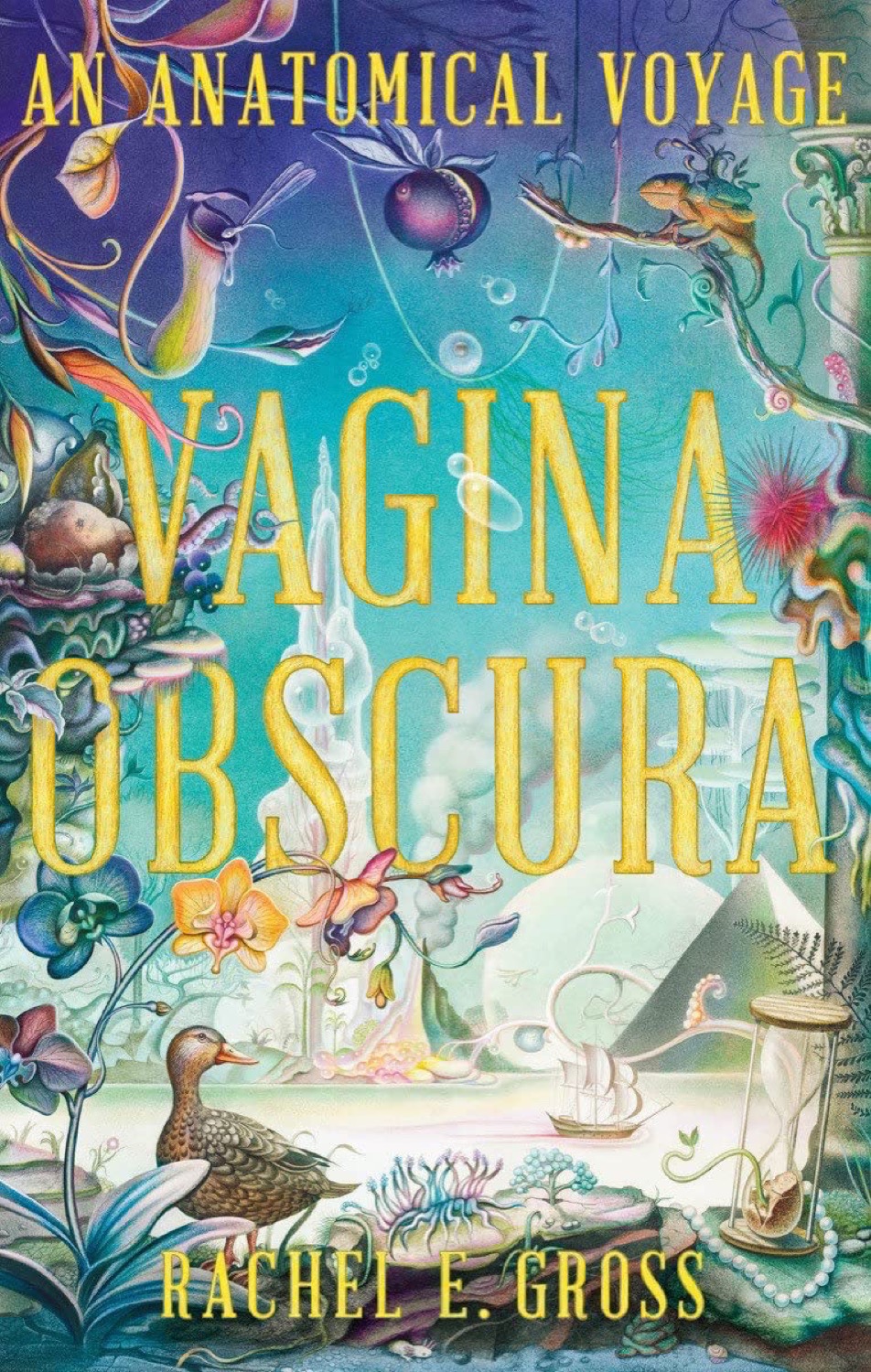 Vagina Obscura: An Anatomical Voyage
Vagina Obscura: An Anatomical Voyage“This is something about our own bodies that are so often treated as mysterious and unknown when they’re not unknown. We actually know quite a bit. The topic of this book is relevant to everybody.”
Deb Blum also recommends this book, saying:
“This is a wonderful book that also explores the politics of science. You see early on it’s an all-male show. We’ve been sort of correcting that ever since and rethinking how the human body works in some wonderful ways.”
 Beasts Before Us: The Untold Story Of Mammal Origins and Evolution
Beasts Before Us: The Untold Story Of Mammal Origins and Evolution“This is the untold story of our ancestors and where we came from. So often we’re told mammals lived in the shadow of the dinosaurs and we now know that’s not true at all. Our predecessors evolved alongside these animals.”
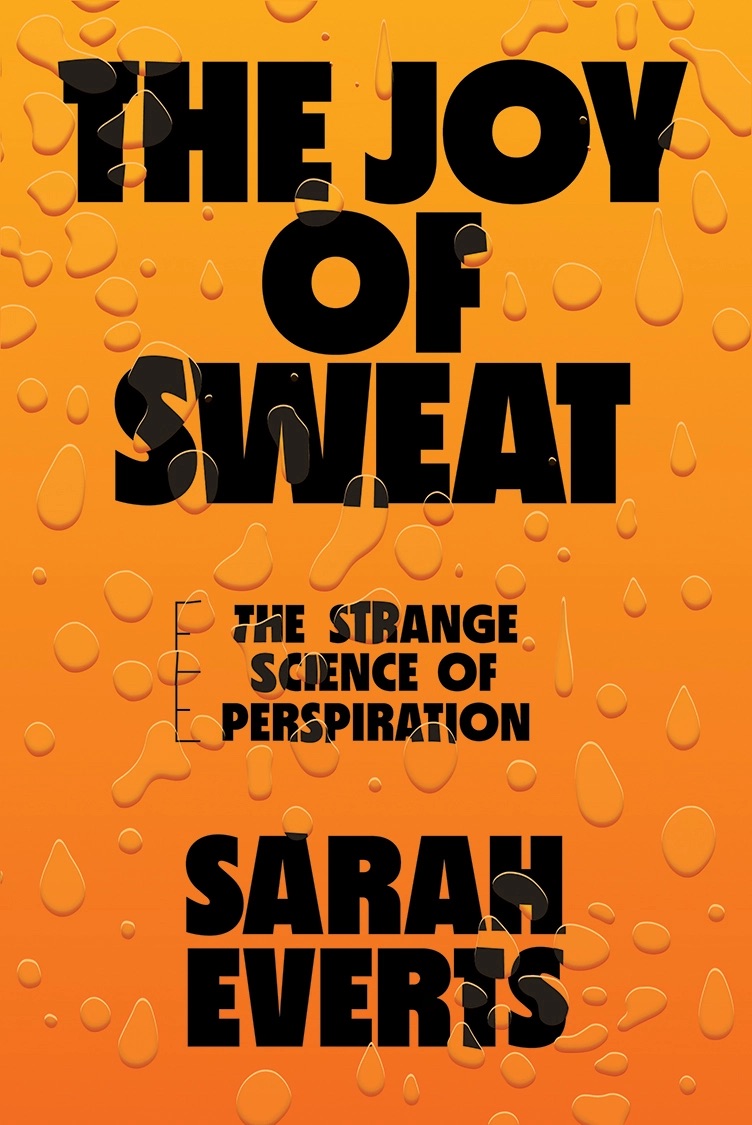 The Joy of Sweat: The Strange Science of Perspiration
The Joy of Sweat: The Strange Science of Perspiration“It really is a celebration of sweat. Not just its function, but all the information it can convey: how quickly things we eat and drink can show up in sweat.”
 The Kaiju Preservation Society
The Kaiju Preservation Society“The science of Godzilla is its own topic but this is a fictional take on what if these giant monsters actually existed. And what does the bureaucracy look like around these things, and how does the biology of these animals work? A really fun beach read.”
Invest in quality science journalism by making a donation to Science Friday.
Director of the Knight Science Journalism program and author of The Poison Squad
 The Monster’s Bones: The Discovery of T-Rex and How It Shook Our World
The Monster’s Bones: The Discovery of T-Rex and How It Shook Our World“It is the story of Tyrannosaurus rex, but through the lens of the early dinosaur fossil hunters into the Wild Wild West of fossil hunting. He also looks at the motivations and the competitions of museums of the time, which was really vicious.”
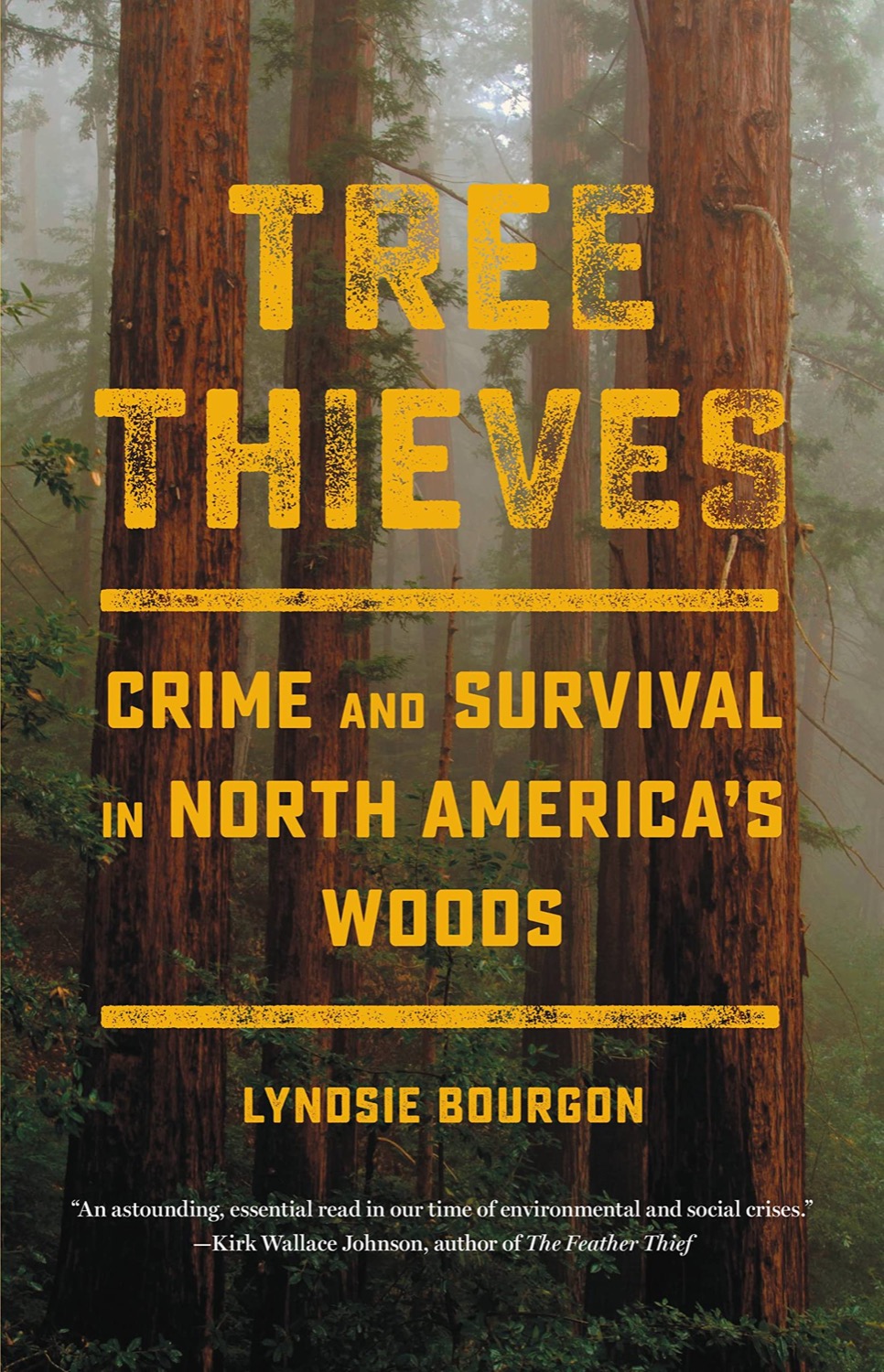 The Tree Thieves: Crime And Survival In North America’s Woods
The Tree Thieves: Crime And Survival In North America’s Woods“She really gets into the people who steal trees and why they steal them and how desperate they are, and builds these almost compassionate looks at people that on one side do terrible harm, while on the other side struggle to survive while normal lines of work are disappearing.”
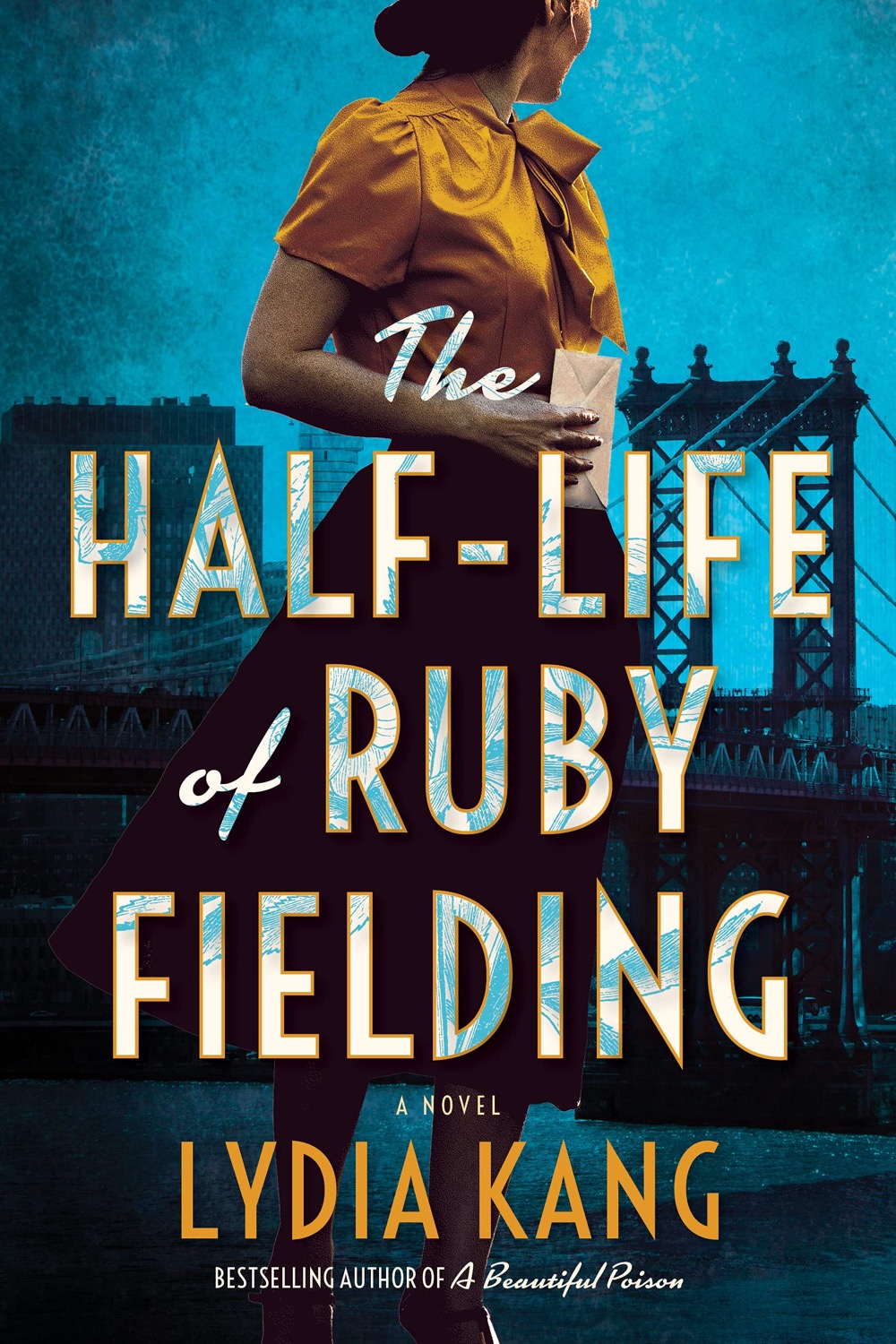 The Half-Life of Ruby Fielding
The Half-Life of Ruby Fielding“A murder mystery set during the development of the atomic bomb. This book has some wonderful stuff about poison in it—it’s really wonderful in the way it slides science into the narrative.”
Host of Science Friday
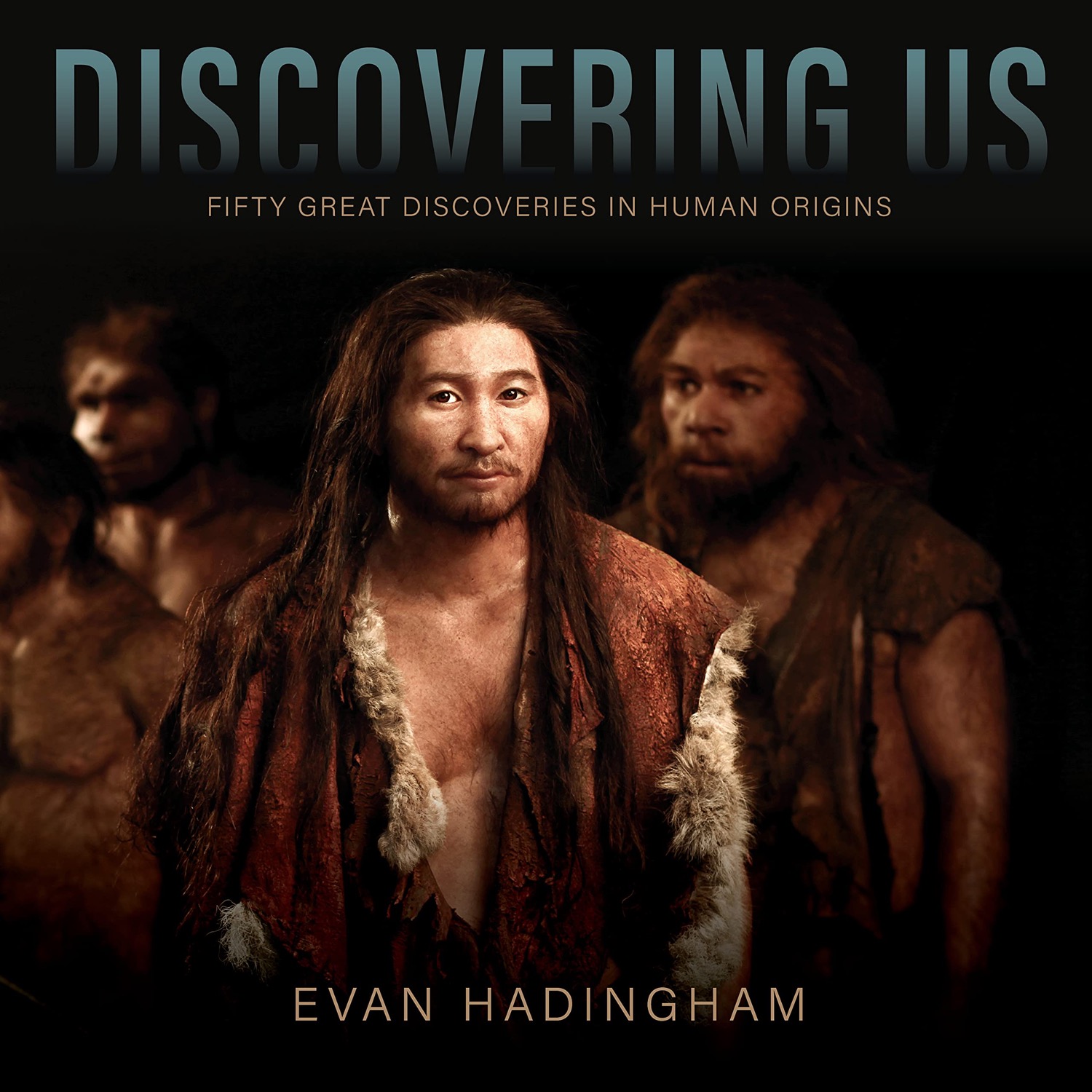 Discovering Us: Fifty Great Discoveries In Human Origins
Discovering Us: Fifty Great Discoveries In Human Origins“They trace the work of 50 great discoveries that came after, from Lucy to Neanderthals. A concise, beautifully-illustrated story of human origins.”
 The Rise and Reign of the Mammals: A New History, from the Shadow of the Dinosaurs to Us
The Rise and Reign of the Mammals: A New History, from the Shadow of the Dinosaurs to Us“One of my favorite authors, one of my favorite scientists.”
 The Thinkers
The Thinkers“This is an amazing book, an illustrated history of your Curies, your Einsteins, but there are also people you’ve never heard of, like Dr. Chien-Shiung Wu, the first lady of physics and Indian scientist Chandrasekhar Venkataraman.”
 Medical Marijuana: Dr. Kogan’s Evidence-Based Guide to the Health Benefits of Cannabis and CBD
Medical Marijuana: Dr. Kogan’s Evidence-Based Guide to the Health Benefits of Cannabis and CBD“In this age where so many states are legalizing marijuana, it took a doctor who’s been studying marijuana for decades to come up with a blueprint for how to use marijuana in medical practice.”
Invest in quality science journalism by making a donation to Science Friday.
Riley Black is a science writer and the author of several books, including When the Earth Was Green, The Last Days of the Dinosaurs, Skeleton Keys and My Beloved Brontosaurus: On the Road with Old Bones, New Science, and Our Favorite Dinosaurs.
Deborah Blum is a science journalist & author, the publisher of Undark magazine, and the director of the Knight Science Journalism Program at the Massachusetts Institute of Technology in Cambridge, Massachusetts.
IRA FLATOW: This is Science Friday. I’m Ira Flatow. I hope you’re listening to this from somewhere relaxing, whether you’ve made it to the beach this summer, you’re whiling away hours of flight delays at the airport– not too relaxing– or you’re saving your inflated dollars with a staycation. But wherever you are this summer, you need something to read, right? So why not make it sciencey?
To help out, we’re back with our SciFri bookworms to recommend some enthralling summer readings. Let me introduce them. Deb Blum directs the Knight Science Journalism Program at MIT. Her latest book is The Poison Squad. She joins us from Boston. Welcome back, Deb.
DEBORAH BLUM: Thanks. It’s great to be back.
IRA FLATOW: Nice to have you, as always. And Riley Black is a science writer and author of The Last Days of the Dinosaurs. She joins us from Salt Lake City. Welcome back, Riley.
RILEY BLACK: Oh, always good to be on. Thank you.
IRA FLATOW: Nice to have you. And I just want to say, if we’re talking too fast for you to keep up, or you’ve got sunscreen on your fingers right now, no worries. You can check out the full list of our summer book recommendations on our website, sciencefriday.com/summerbooks. That’s sciencefriday.com/summerbooks. OK, let’s get right into the recommendations. Deb, I know you tried to recommend Riley’s book for our summer lists.
DEBORAH BLUM: I did. It’s such a good book. And I love it. And so I’m glad to be here and say that to you in person, Riley. That’s a remarkably good job.
RILEY BLACK: Oh, thank you. That makes me so happy. I mean, you were one of my inspirations to become a science writer. So I can’t think of higher praise than that. So I really appreciate it.
IRA FLATOW: We actually got to your book earlier this summer. And so it was really great reading also. Deb, seriously, though, your first book is about people who steal trees. Is that right?
DEBORAH BLUM: Yes, so tree thieves– the subtitle is Crime and Survival in America’s North Woods. It’s by Lyndsie Bourgon. It’s just an amazing book because– and I followed my husband around the house, reading sentences, one of his least favorite things that I ever do. But I’m like, did you know? Because it really gives you insights into this phenomenal international illegal trade in timber. I had no idea how vast it was, how many billions of dollars it was, how intricately connected criminal families around the world– that part’s fascinating.
But she also, because she’s setting it in the Pacific Northwest, really gets into the people who steal trees and why they steal them and how desperate they are, and builds these almost compassionate looks at people that, at one side, do terrible harm– personal opinion– and on the other side, are just struggling to survive when their normal lines of work are disappearing. It’s just beautifully done. I couldn’t recommend it more.
RILEY BLACK: I’m sold on that.
IRA FLATOW: It really sounds great. Yeah, me, too. Riley, it’s peak sweat season. I hope you’re keeping cool, but you do have recommendations for us to learn more about how that works, right?
RILEY BLACK: Yeah, I mean, I never thought I would be so enthusiastic about a book called The Joy of Sweat. But it really is. Sarah Everts’s book is really just a phenomenal look at this thing that I think so many of us, we want to avoid, right, or feel embarrassed about it. But it really is this celebration of sweat, not just its function and how amazing that is that we have our own sort of air conditioning system that’s very unique amongst mammals, but all the information that it can convey or how quickly things that we eat and drink show up in our sweat.
And it really is one of these books– in science writing, we have so many now about different body systems, whether it’s skeletons or hearts or pulmonary systems or what have you that really want to explain the science of it, but the joy isn’t always there. And this, it really is the joy of sweat. I think you’ll leave this book feeling pretty impressed the next time that system kicks in on your body, even if it’s always not at the most convenient time.
DEBORAH BLUM: Are there people who love to sweat? I’m a whiny sweater, so.
IRA FLATOW: Well, people go into saunas and steam rooms and things like that. Or they do hot yoga, right?
RILEY BLACK: Yeah, my girlfriend makes my mapo tofu all the time. It just makes me start sweating. That’s how I know it’s good, that she got it right, is when the Sichuan pepper starts to make me sweat. So, yeah, sometimes it’s good.
IRA FLATOW: OK, so far we’ve got the Tree Thieves and The Joy of Sweat. Let’s move on to talking about what makes a good summer book. Deb, what do you think makes for a good summer book?
DEBORAH BLUM: I don’t know. There’s something about summer reading that, to me, whispers escape, escape. It’s like, it’s this time of the year where, theoretically, we’re dialing back a little, thinking about escaping into different ideas or different zones or different worlds, even. That, to me, is a good summer science book.
IRA FLATOW: I knew you guys would come up with the kinds of books you want to read and take to the beach. I came up with a couple of books that are really great coffee table books, but they’re terrific. And my first one is called The Thinkers. And it’s illustrated by Zachary Pullen and written by Brad Herzog. It’s not on Amazon. You have to go to thethinkersbook.org to get it.
But this is an amazing book of the history and illustrated histories of your Curies, your Einsteins, your Jobs, your Loveless, your da Vinci. But there are also people you have never heard of. I’m going to try to get these names right. Chandrasekhar Venkataraman, lauded by Prime Minister Gandhi as the greatest scientist of modern India. And then there was Dr. Chien-Shiung Wu, the first lady of physics. You’ve got Ann Tsukamoto, one of the world’s most famous STEM cell scientists.
Dr. Wangari Maathai– I hope I’m getting those names right– became the first Eastern African woman to earn a PhD in the Rachel Carson era and go on to talk about environmentalism. And not only are these people in there that you’ve never heard of from all parts of the world, but the illustration of them in group photos and by the artist is just worth the price of the book alone.
RILEY BLACK: I’m already mourning for my wallet. Like, all these books sound fantastic already.
DEBORAH BLUM: That sounds great.
IRA FLATOW: Let’s go back to you, Deb. What’s your next recommendation?
DEBORAH BLUM: So this is nothing like the book about dinosaurs that Riley did, but I really liked The Monster’s Bones, which just came out this month. The subtitle is The Discovery of T. Rex and How it Shook Our World. And it’s by David Randall. And I like it because it is the story of Tyrannosaurus Rex, but set in through the lens of the early dinosaur fossil hunters.
The dinosaur hunter that he focuses on is sort of a self-taught hunter, so that in an era where you didn’t have to go and become a PhD paleontologist and do all the things that you have to do today, goes out there and really into the wild, wild west of fossil hunting, which it was at the time, which makes it fascinating.
He also looks at the motivations and the competitions between museums at the time, which are really vicious, which, speaking of escape, is also really fascinating to get into these sort of backstabbing stories of the early builders of the museums. And he also looks at some of their evil motivations in educating the public. And so, it all comes together in the story, which is science and dinosaurs and science history and–
IRA FLATOW: Wow.
DEBORAH BLUM: –wicked people.
IRA FLATOW: Wow, you’ve got everything in there.
DEBORAH BLUM: Yes, it actually would be a pretty good beach read, I think, but it’s a smart book.
IRA FLATOW: The Monster’s Bones. Riley, what’s next for you?
RILEY BLACK: Oh, I was going to say, it’s a great summer for paleontology in general. I’m not counting my own book in that per se, but just between The Monster’s Bones. In the past year, you’ve had Dr. Elsa Panciroli’s book Beasts Before Us, which is all about mammal evolution. So this is the sort of untold story of our ancestors and where we came from.
And so often, we’re told that mammals lived in the shadow of the dinosaurs, and they were underfoot and these little insectivores kind of hiding out in the corners of the ancient world. And we now know that’s not true at all.
That this really fantastic story that she really anchors through her research and her field experience at these sites all around the world to talk about, basically, how our predecessors evolved alongside these animals that now have left their monster’s bones to us. And I think that’s a really fantastic look at our own backstory. And I think you had mentioned one on your list as well, right? The Rise and Reign of the Mammals that Steve Brusatte just did.
IRA FLATOW: Yeah, one of my favorite authors, one of my favorite scientists. And yeah, we’re reviewing it. We reviewed it a couple of weeks ago. And that’s on my list. And I mean, we have a whole theme of paleontology and archaeology here. And I want to add one more to that, another coffee table book, great illustrations. It’s called Discovering Us, 50 Great Discoveries in Human Origins.
And the book starts out paying homage to the Leakeys and their contributions and the people around them, like Jane Goodall and Dian Fossey. But then they trace the work of 50 great discoveries that followed them over the last 70 years– Donald Johanson and Lucy, Svante Paabo and this genome of Neanderthal, on and on.
If you want a concise, beautifully photographed history of human evolution and origins, you’ll get it all in this book. It’s called Discovering Us, The 50 Great Discoveries in Human Origins. Let’s move on to another book that I know you both are enjoying or have enjoyed– Vagina Obscura. Tell us about that, Riley.
RILEY BLACK: Yeah, I mean, the title really says it all, right? This is something about our own bodies, about the bodies of the people that we love and live with that are so often treated as mysterious or unknown when these things aren’t unknown. We know quite a bit. And it’s really this journey that leads through and builds on itself, not just through human anatomy, but the history, what we think and why we do and how the topic of this book is relevant to everybody.
I think Rachel specifically, to me, did an excellent job of weaving through that. You might think that this book is specifically for women. It’s really not. There are men who this book is very relevant to, nonbinary people. The way the book ends is great, focusing on why gender affirming surgeries work for people. So really, from beginning to end, it’s just this really sort of passionate and well-written exploration of something that we don’t talk about as much as we probably should.
IRA FLATOW: Really. Deb, what would you want to add to that endorsement?
DEBORAH BLUM: I mean, I agree with everything Riley just said. I also want to emphasize that this is a wonderful book that also explores the politics of science so that you see early on, in the definitions of the reproductive system, it’s an all-male show. And so she’s able to go in and both show some of the ways that men misidentified reproductive anatomy to sort of suit their own purposes, and how we’ve been sort of correcting that ever since and rethinking how the human body works in some wonderful ways.
I should say Rachel was one of my fellows, a KSJ fellow. So I want to have that out there. And she was doing some of the research on this book while she was at MIT. And for her final presentation, she 3D-printed models of the clitoris in plastic and handed them out.
RILEY BLACK: That’s amazing.
DEBORAH BLUM: Which makes me laugh just saying it. But there is a wonderful, also, sense of humor and warmth to the book that I think makes it work.
IRA FLATOW: That’s good to hear. Isn’t it really amazing that researchers are really only just beginning to understand the biology of this reproductive system? It sounds like who is doing the research has a big influence on its ability to progress, Deb.
DEBORAH BLUM: 100%, because we bring our very– and science is a human enterprise, as I’m forever reminding people. And so, those human biases and perceptions really come into the way we define all different parts of the human body and how it works and who’s on first and who’s on third and all of the above. And this book really illustrates some of that as well in a very nice way.
IRA FLATOW: Yeah, and we’ll be talking about Vagina Obscura later this summer, actually, with the author, Rachel Gross. So our listeners can even look forward to hearing her talk about that soon. OK, I want to move on to a health book I really liked. It’s called Medical Marijuana.
And in this age where so many states are legalizing marijuana and there’s a national movement to this, it took a doctor who has been studying marijuana for decades to actually come up with a book. And he calls it basically a blueprint for other doctors about how to use marijuana in medical practice. It’s amazing.
DEBORAH BLUM: That’s kind of a brilliant idea, Ira, actually.
IRA FLATOW: Yeah, he’s had to tell these people, because if you go to places where marijuana is sold medicinally, you’ll have people called bud tenders there, right, who will prescribe for you how to use it when your doctor doesn’t know how to. And it may be erroneous. The book is called Medical Marijuana by Mikhail Kogan and Joan Liebmann-Smith.
I’m Ira Flatow. This is Science Friday from WNYC Studios. One last book from each of you, but let’s get weird. Let’s make it fiction. Riley, what you got?
RILEY BLACK: Yeah, so I’ve really been enjoying The Kaiju Preservation Society by John Scalzi, which seems pretty far removed, based on its title, from science, right? Because the science of Godzilla is certainly its own sort of topic, but this is a fictional take on, what if these giant monsters actually existed?
But rather than focusing in on sort of the military or the monster fights, although there’s certainly aspects of those, it’s more like, what does the bureaucracy look like around these things? What are the different interests that people would have? And how does the biology of these animals work? So I think if you’re looking for something that takes something that’s fantastical, but really gets into the nuts and bolts of, what does this mean if this really happened and existed, it’s certainly a really fun beach read.
IRA FLATOW: The Kaiju Preservation Society.
RILEY BLACK: Yes, I’d join.
IRA FLATOW: Yeah, [LAUGHS] and Deb, what about you?
DEBORAH BLUM: Can I just give a shout out to Lydia Kang? She’s a practicing physician and internal medicine specialist in Nebraska. And she writes nonfiction. Her book of last year was Patient Zero, about the origins of outbreaks. But she also writes fiction. She has a book out this year called The Half-Life of Ruby Fielding, which is really kind of a crime, murder mystery set during the development of the atomic bomb.
I want to mention it because I’m really fascinated by writers who can cross the boundary between writing good non-fiction and writing good fiction. Annalee Newitz is another example of that. And I want to just mention that The Half-Life of Ruby Fielding has some wonderful stuff about poison in it, which is one of the things that always gets me excited. I mean, there’s this sentence– “Deep in the pockets, I could feel the bottle of zinc chloride. Such a simple compound, a fluffy white crystalline substance.” And so it’s really wonderful in the way it kind of slides science into the narrative. I really admire that.
IRA FLATOW: Anything doing with poisons, you’re in.
DEBORAH BLUM: Totally.
RILEY BLACK: We certainly have our fields between poison and dinosaurs, I feel like.
IRA FLATOW: Yeah. Well, unfortunately, we have to stop talking about both of them because we have run out of time. But I want to thank both of you for taking time to be with us today. Riley Black, science writer, author of The Last Days of the Dinosaurs, and Pulitzer Prize winner Deb Blum, who directs the Knight Science Journalism Program at MIT. Her latest book is The Poison Squad. See? And for a full list of their book recommendations, go to our website, sciencefriday.com/summerbooks. Thank you both for joining us today.
DEBORAH BLUM: Thank you so much.
RILEY BLACK: Always happy to talk books.
IRA FLATOW: I have one last recommendation from SciFri Book Club member Harold.
HAROLD: I’ve been enjoying Bill Bryson’s book, The Body, this summer. I love Bryson’s easygoing and humorous style, plus the way he focuses on the little things that make stuff weird. And every few pages, there’s a nugget or two to make you stop and scratch your head.
IRA FLATOW: We’ll give you your chance to share your summer reading picks later this month.
Copyright © 2022 Science Friday Initiative. All rights reserved. Science Friday transcripts are produced on a tight deadline by 3Play Media. Fidelity to the original aired/published audio or video file might vary, and text might be updated or amended in the future. For the authoritative record of Science Friday’s programming, please visit the original aired/published recording. For terms of use and more information, visit our policies pages at http://www.sciencefriday.com/about/policies/
Christie Taylor was a producer for Science Friday. Her days involved diligent research, too many phone calls for an introvert, and asking scientists if they have any audio of that narwhal heartbeat.
Diana Plasker is the Senior Manager of Experiences at Science Friday, where she creates live events, programs and partnerships to delight and engage audiences in the world of science.
Kyle Marian Viterbo is a community manager at Science Friday. She loves sharing hilarious stories about human evolution, hidden museum collections, and the many ways Indiana Jones is a terrible archaeologist.
Dee Peterschmidt is a producer, host of the podcast Universe of Art, and composes music for Science Friday’s podcasts. Their D&D character is a clumsy bard named Chip Chap Chopman.
Ira Flatow is the founder and host of Science Friday. His green thumb has revived many an office plant at death’s door.